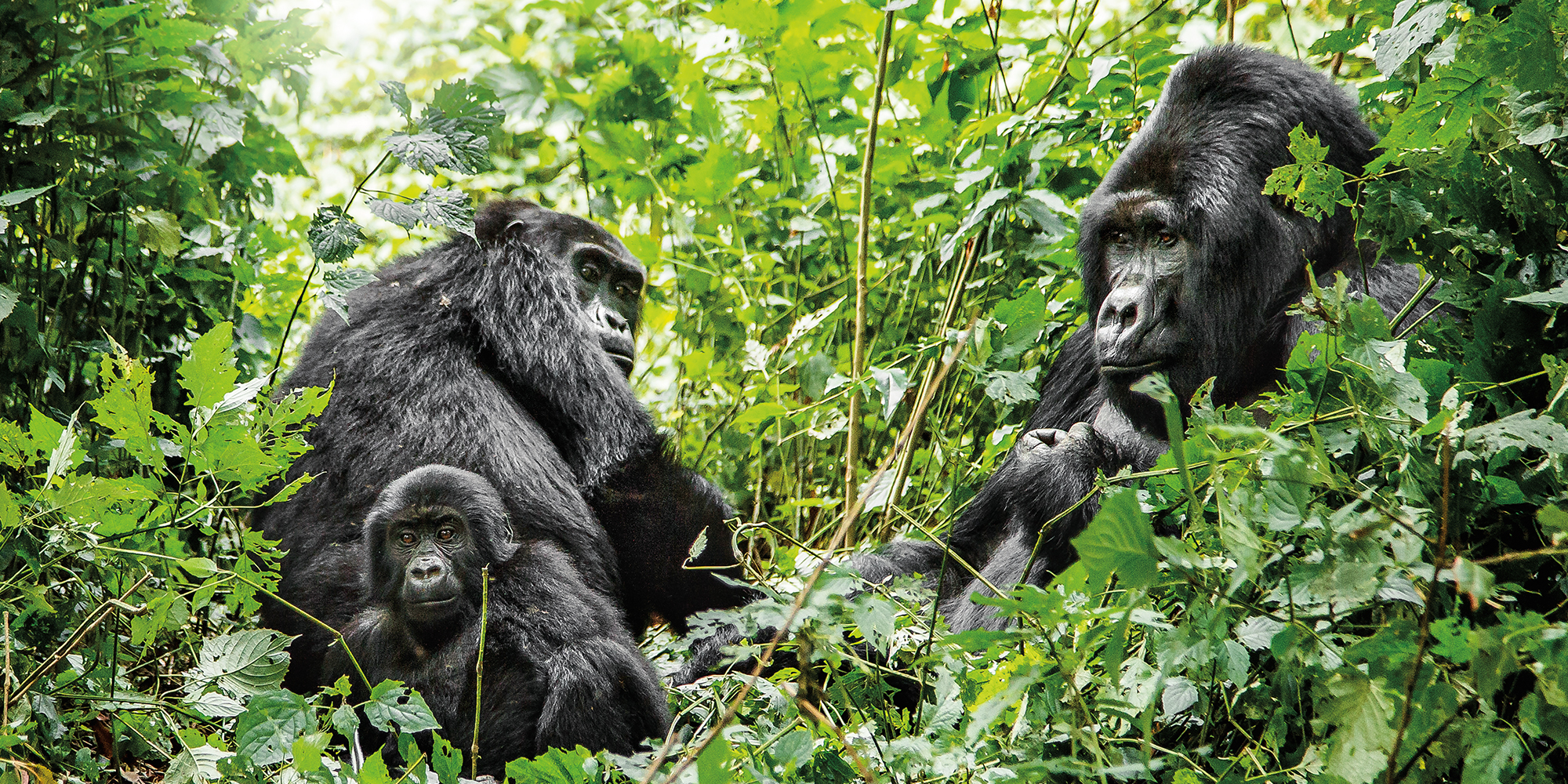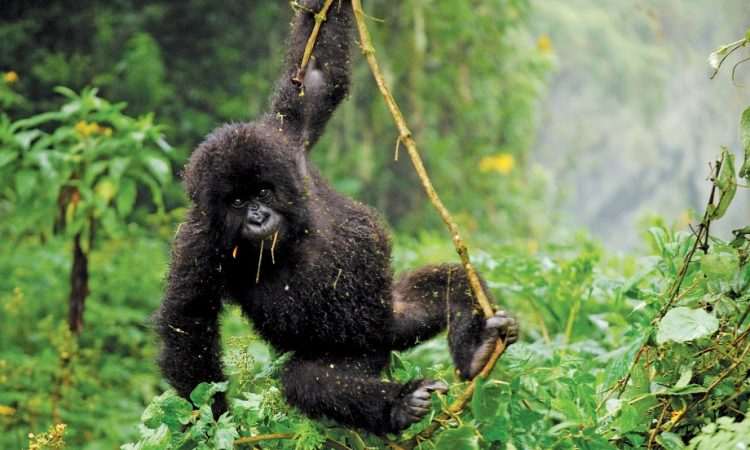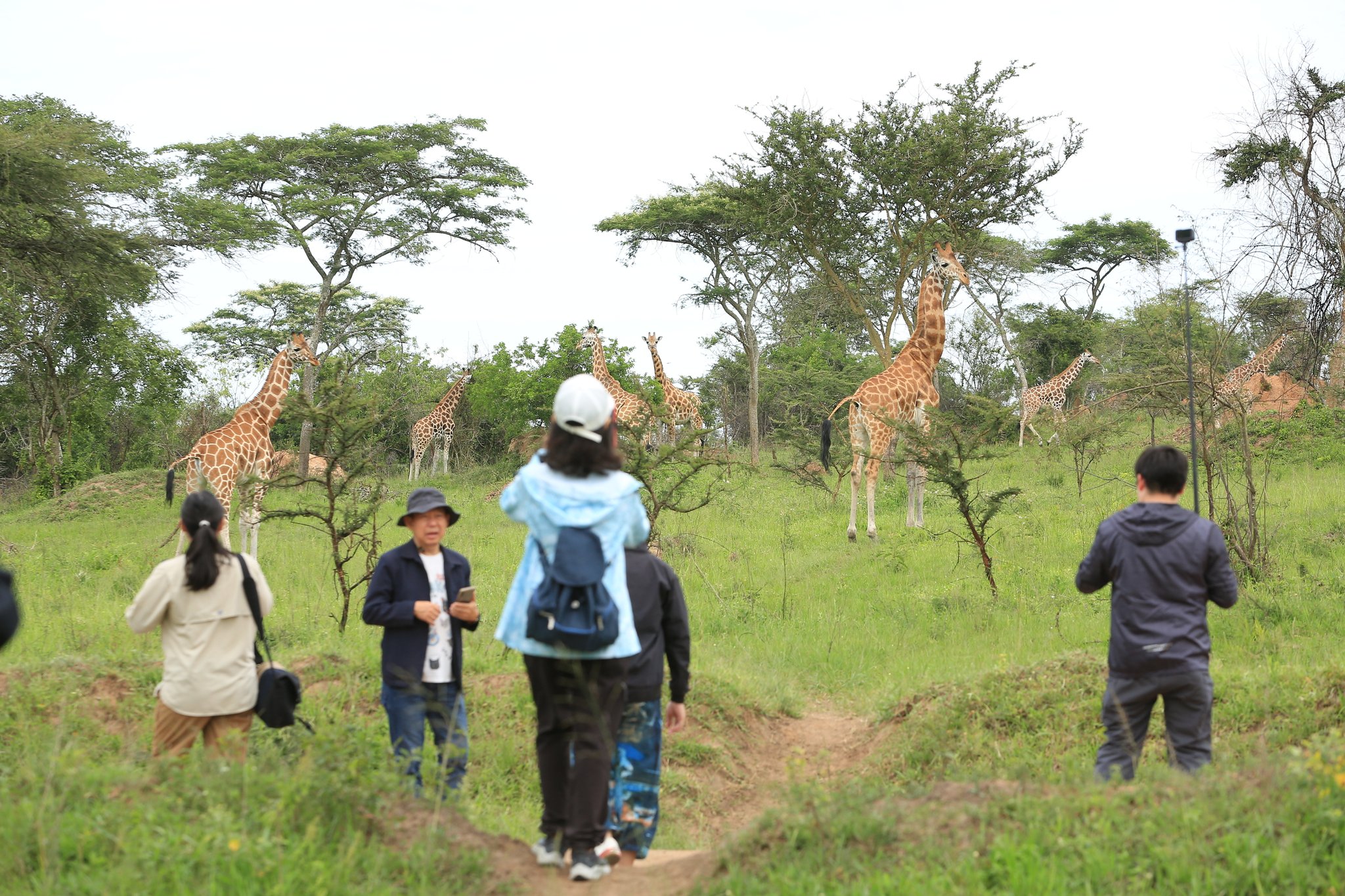
All You Need To Know About Lake Mburo Park Walking Safaris
Discover the thrill of exploring Africa’s wilderness on foot in Uganda’s most accessible savanna park
In the heart of Uganda’s western region lies a wildlife sanctuary that offers something truly unique in East African safari experiences—the opportunity to walk among wild animals in their natural habitat. Lake Mburo National Park, Uganda’s smallest savanna park, holds the distinguished honor of being the only national park where you can go on a walking safari in Uganda, making it a must-visit destination for adventurous travelers seeking an intimate connection with African wildlife.
The Magic of Walking Among Wildlife
There’s something profoundly different about experiencing the African bush on foot. While traditional game drives offer excellent wildlife viewing from the safety and comfort of a vehicle, walking safaris provide an entirely different sensory experience. Every rustle in the grass becomes significant, every distant call takes on new meaning, and the landscape reveals secrets that can only be discovered at walking pace.
The walking safaris within the park are managed and guided by Uganda Wildlife Authority where you will be allocated by one of the park rangers to take you on the walk in the park; the walk takes you approximately 2 hours in various parts of the park, ensuring both safety and educational value throughout the experience.
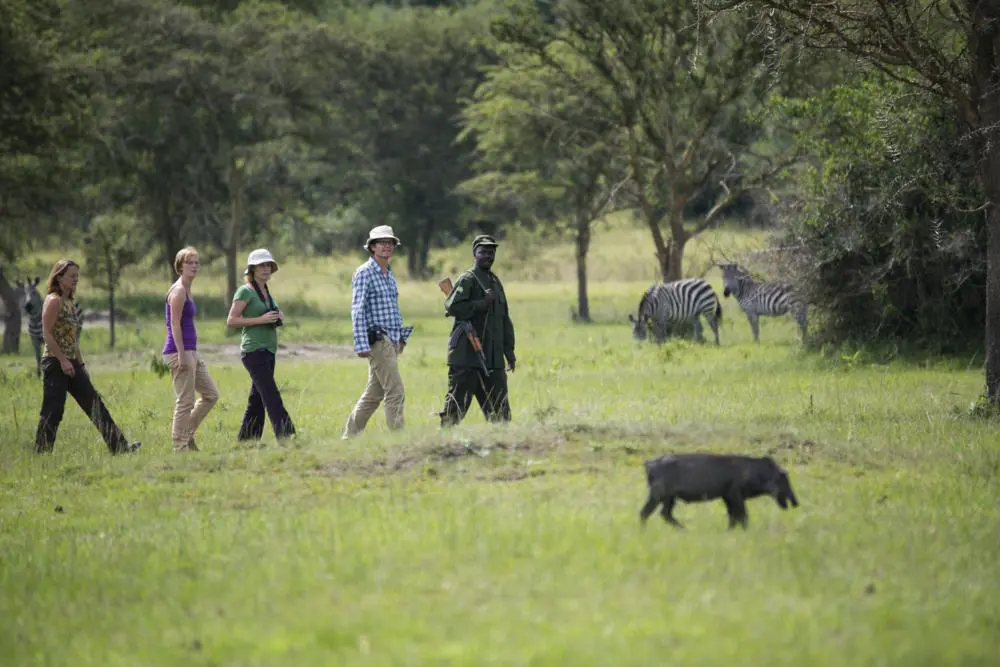
A Park Designed for Walking Adventures
Lake Mburo National Park may be Uganda’s smallest savanna park, but it is rich in biodiversity, scenic beauty, and cultural significance. Its compact size and relatively gentle terrain make it ideal for walking safaris, while its diverse ecosystems ensure varied and exciting wildlife encounters.
The park’s landscape is characterized by rolling hills, open grasslands, acacia woodlands, and seasonal wetlands, all centered around the pristine Lake Mburo and its surrounding smaller lakes. This mosaic of habitats supports an impressive array of wildlife species, many of which can be safely observed on foot under proper guidance.
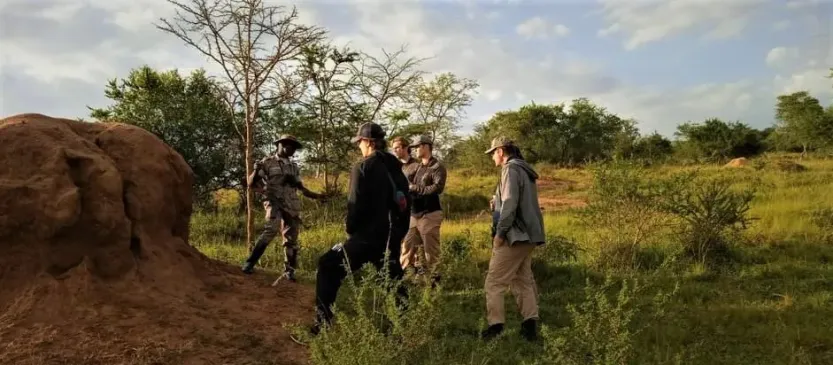
Wildlife Encounters on Foot
One of the most thrilling aspects of walking safaris in Lake Mburo is the opportunity to encounter the park’s famous zebra population up close. These striking black and white equids are among the park’s most photographed residents, and seeing them on foot provides a completely different perspective than viewing them from a vehicle.
The park is also home to large herds of impalas, Uganda’s most common antelope species. We had the chance to walk among zebras, impalas, and elands, guided by a friendly and knowledgeable ranger, as one recent visitor described their experience. The graceful impalas, with their reddish-brown coats and distinctive black markings, are often encountered during walking safaris as they graze peacefully in the grasslands.
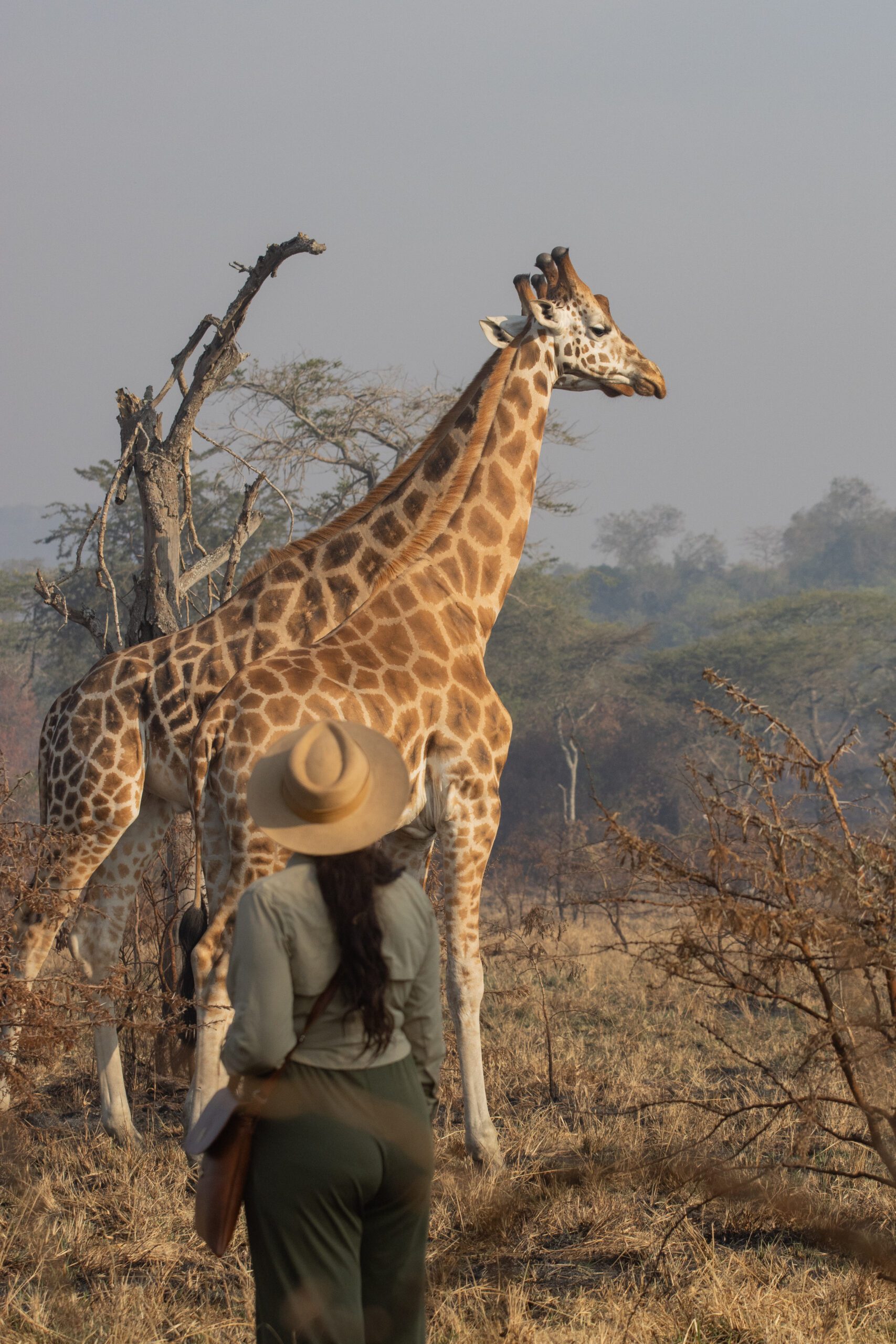
Other wildlife commonly seen during walking safaris includes:
Large Mammals: Elands (Africa’s largest antelope), topis, waterbucks, bushbucks, and warthogs are frequently encountered. Buffalo herds can sometimes be observed from a safe distance, while the park’s population of leopards, though more elusive, occasionally provides thrilling sightings for lucky walkers.
Smaller Species: Mongoose families, ground squirrels, and various small antelope species add constant interest to the walking experience. The park’s rich birdlife provides a continuous soundtrack, with over 350 bird species recorded within its boundaries.
Unique Sightings: The rare shoebill stork can occasionally be spotted in the park’s wetland areas, making walking safaris an excellent opportunity for bird enthusiasts to add this prehistoric-looking species to their lists.
The Ranger Experience
What makes walking safaris in Lake Mburo truly special is the expertise of the Uganda Wildlife Authority rangers who guide these experiences. These highly trained professionals possess intimate knowledge of animal behavior, tracking skills, and safety protocols that ensure both memorable and secure wildlife encounters.
Rangers carry rifles as a safety precaution, though encounters requiring their use are extremely rare due to their expertise in reading animal behavior and maintaining safe distances. Their knowledge extends far beyond wildlife identification—they serve as interpreters of the ecosystem, explaining the intricate relationships between species, the seasonal patterns of animal movement, and the conservation challenges facing the park.

A7NNL
During the typical two-hour walking safari, rangers share fascinating insights about animal tracking, pointing out footprints, dung, feeding signs, and other evidence of wildlife activity. They teach visitors to “read” the landscape, understanding how different species use various habitats throughout the day and seasons.
Routes and Terrain
The most frequently used road tracks on a Lake Mburo game drive are the Impala and Zebra tracks, and walking safaris often incorporate sections of these areas, though on foot, visitors can explore terrain inaccessible to vehicles.
The walking routes vary depending on recent wildlife movements, weather conditions, and visitor interests. Some walks focus on the open grasslands where zebras and impalas congregate, while others venture into the acacia woodlands where different species seek shade and browse on vegetation.
The terrain is generally moderate, with gentle hills and well-defined paths, making the experience accessible to visitors of reasonable fitness levels. The park’s relatively low altitude (1,220-1,828 meters above sea level) means that breathing difficulties are rarely an issue, even for visitors coming from sea level.
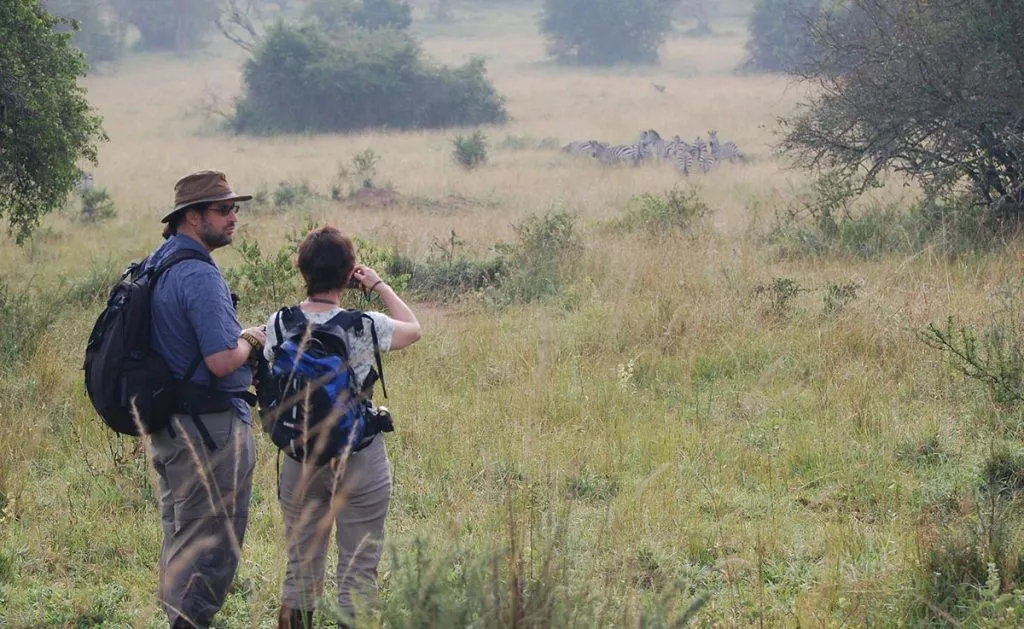
Safety and Guidelines
Safety is paramount during walking safaris, and Lake Mburo National Park has established comprehensive protocols to ensure visitor security. All walking safaris must be conducted with armed Uganda Wildlife Authority rangers, and visitors are required to follow strict guidelines regarding movement, noise levels, and wildlife interaction.
Before beginning any walking safari, rangers conduct thorough briefings covering safety procedures, wildlife behavior, and emergency protocols. Visitors learn about maintaining appropriate distances from different species, understanding animal body language that indicates stress or aggression, and the proper response procedures should unexpected encounters occur.
The park’s wildlife is generally habituated to human presence but remains wild and unpredictable. Rangers are trained to assess animal behavior continuously and adjust routes or activities accordingly to maintain safe distances while maximizing viewing opportunities.
Best Times for Walking Safaris
The optimal timing for a walking safari in Lake Mburo depends on both weather conditions and wildlife behavior patterns. Early morning walks (starting between 6:30 and 7:00 AM) are particularly rewarding as animals are most active during the cooler hours, and the soft morning light provides excellent photography conditions.
Late afternoon walks (starting around 3:30 PM) offer different wildlife viewing opportunities as animals begin to emerge from midday shade and become more active in preparation for evening feeding. The golden hour light during these walks creates magical photographic opportunities.
During the dry season, animals usually converge around the swamps and lakes, this grants you a remarkable photo opportunity, making the months of June through August and December through February particularly rewarding for walking safari experiences.
Planning Your Walking Safari
Uganda’s most accessible savanna park, close to Kampala, Lake Mburo National Park is conveniently located approximately four hours’ drive from Uganda’s capital city, making it an ideal destination for both short breaks and extended safari itineraries.
Walking safaris can be arranged through the park headquarters or as part of comprehensive safari packages offered by local tour operators. The experience typically costs between $15-25 per person for foreign non-residents, plus park entrance fees, making it an affordable addition to any Uganda safari itinerary.
Visitors should come prepared with comfortable walking shoes, neutral-colored clothing, sun protection, and plenty of water. Binoculars enhance the experience significantly, allowing for detailed observation of birds and distant wildlife.
Conservation Impact
Participating in walking safaris contributes directly to conservation efforts in Lake Mburo National Park. Revenue from park fees and guided activities supports ranger salaries, anti-poaching efforts, community outreach programs, and habitat restoration projects.
The park faces ongoing challenges from human-wildlife conflict as surrounding communities expand agricultural activities. Walking safari fees help fund compensation programs for farmers affected by crop damage and support alternative livelihood projects that reduce pressure on park resources.
Beyond the Walking Safari
While walking safaris are Lake Mburo’s signature experience, the park offers numerous complementary activities that enhance any visit. Enjoy a relaxing boat cruise on Lake Mburo, where you can see hippos, crocodiles, and numerous water birds up close, providing a perfect contrast to the terrestrial focus of walking safaris.
Traditional game drives remain popular for spotting species that are more challenging to approach on foot, including the park’s leopard population and large buffalo herds. Night drives reveal nocturnal species such as hyenas, civets, and various owl species.
A Unique African Experience
Whether exploring on foot, by boat, or on a game drive, Lake Mburo National Park offers an up-close and personal safari experience, where visitors can enjoy stunning wildlife encounters without the crowds. The walking safari experience represents the pinnacle of this intimate approach to wildlife viewing.
For many visitors, walking among zebras and impalas in Lake Mburo National Park becomes the highlight of their Uganda safari experience. The combination of accessible location, diverse wildlife, expert guidance, and the unique thrill of exploring African wilderness on foot creates memories that last a lifetime.
In a world where authentic wildlife experiences are becoming increasingly rare and commercialized, Lake Mburo National Park’s walking safaris offer something genuinely special—the opportunity to experience the African bush as our ancestors did, on foot, with all senses engaged, and with profound respect for the wild animals that share this remarkable landscape.
Whether you’re a seasoned safari enthusiast looking for a new perspective or a first-time visitor to Africa seeking an authentic wildlife experience, the walking safaris of Lake Mburo National Park provide an unparalleled opportunity to connect with Uganda’s natural heritage in the most intimate way possible.
To book a Lake mburo walking safari in Uganda today- simply contact us now by sending an email to info@mumwesafarisuganda.com or call us now on +256-700135510 to speak with reservations team.
Bryan Muhoozi

